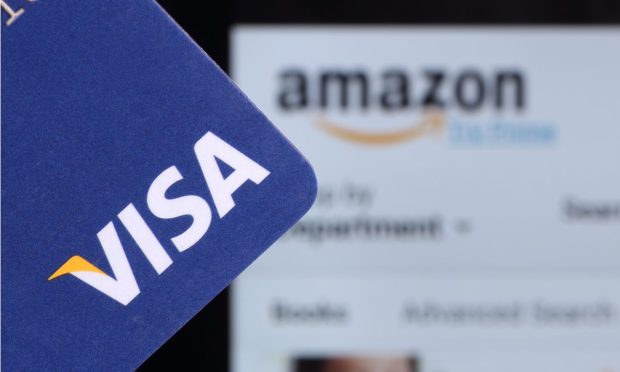Visa/Amazon Interchange Dispute Shows Balance of Power Shifting to Platforms

In the battle over interchange fees — this time between Visa and Amazon — it is the platform companies that are gaining the leverage over the payments networks.
And, ultimately, everyone goes home a winner.
Except the banks.
In this new digital age, as so much more commerce has shifted, and will continue to shift online, we’re seeing a bit of muscle flexing (for lack of a better term) from Amazon. The eCommerce giant has said it will stop accepting Visa cards in the U.K. due to the interchange rates being too high. And, in tandem with that news, Amazon is also mulling a move to drop Visa as partner on co-branded cards.
Read more: UK-Issued Visa Credit Cards No Longer Accepted by Amazon Starting 2022
The two parties are in discussion for a resolution of the dispute, which to us indicates two things.
First, neither side is willing to lose the other’s business entirely. Amazon, with an eye on the fact that the U.K. is its third-largest market, will likely want to keep the Visa payment option in place to cater to Britons who opt to pay with those (plastic and digital) cards. Visa, in an overture to keep the relationship in place, might lower its interchange fees in the region. In Europe, the cap is 30 basis points (as a percentage of the transaction), and in the U.K., the cap is 1.15%, so let’s assume there is some meeting in the middle, which pressures a slice of Visa’s business in the region but does not kill it entirely.
The year 2021 — and moving into 2022, when the supposed Amazon ban on the cards would take effect — signal that we’re a long way from 2016. That’s when Walmart and Visa jousted over interchange rates, and a deal was stuck after Walmart (and other merchants) went the legal route (all the way to the Supreme Court) to protest (and the retail giant hoped), hobble interchange fees. It’s reasonable to assume that Visa has been levying “lighter” interchange rates on Walmart in the wake of that settlement, although the specifics are thus far not clear.
Sidestepping the Courts
This time around, Amazon’s decision to go the unilateral route rather than through the court signals a level of confidence that it need not go through legal channels to get what it wants (in this case, lower interchange rates). Remember that, through the past several months, Amazon has been working to broaden its spectrum of alternative payment methods (Venmo and Affirm among them). So, the pressure comes from the markets themselves, where consumers have a range of choices beyond the cards to get their transactions done.
Thus, the power of the platform is in evidence, where partnerships with the FinTech upstarts give Amazon a way to promote a new payments feature, and squeeze the card networks a bit. As illustration of Amazon’s power in the market, the eCommerce giant said last week that it is offering an incentive to switch to other cards, or to Visa debit (where the interchange fee is lower). The company will give consumers a discount of 20 pounds (about $27) to switch from Visa’s credit cards.
In the meantime — as the latest scramble over interchange fees plays out — it’s important to examine the economics of what might happen with a settlement that translates into lower interchange rates. Visa gets a flat processing fee tied to the transaction (like the other card networks, a flat fee — the assessment fee — of a few basis points), while the actual interchange fees that are charged to merchants are paid to the issuing bank. Credit card interchange rates can vary depending on whether cards are swiped or keyed, and types of transactions, but can be more than 1.5%, while debit is a fraction of that, and interchange here can be roughly 30 basis points.
Aggregate data from sources such as the Federal Reserve show that interchange fees in 2019 stood at $24 billion (and with the pandemic and the great digital shift, new, official numbers tallying contactless payments’ impact will be significantly higher). That money, in turn, is used by the banks to innovate rewards and other offerings. Should that source dwindle a bit, banks would conceivably move efforts to make more money off traditional lending activities — boosting credit card balances, for example, with attendant higher interest income — which signals a shift in business models. To get there, these same financial institutions (FIs) might have to spend more on marketing fees, or might find (at least initially) some margin pressure in the offing.
As the dispute between Visa and Amazon plays through, the banks may feel a pinch, while the card network and the mighty online platform(s) bend toward a truce.
